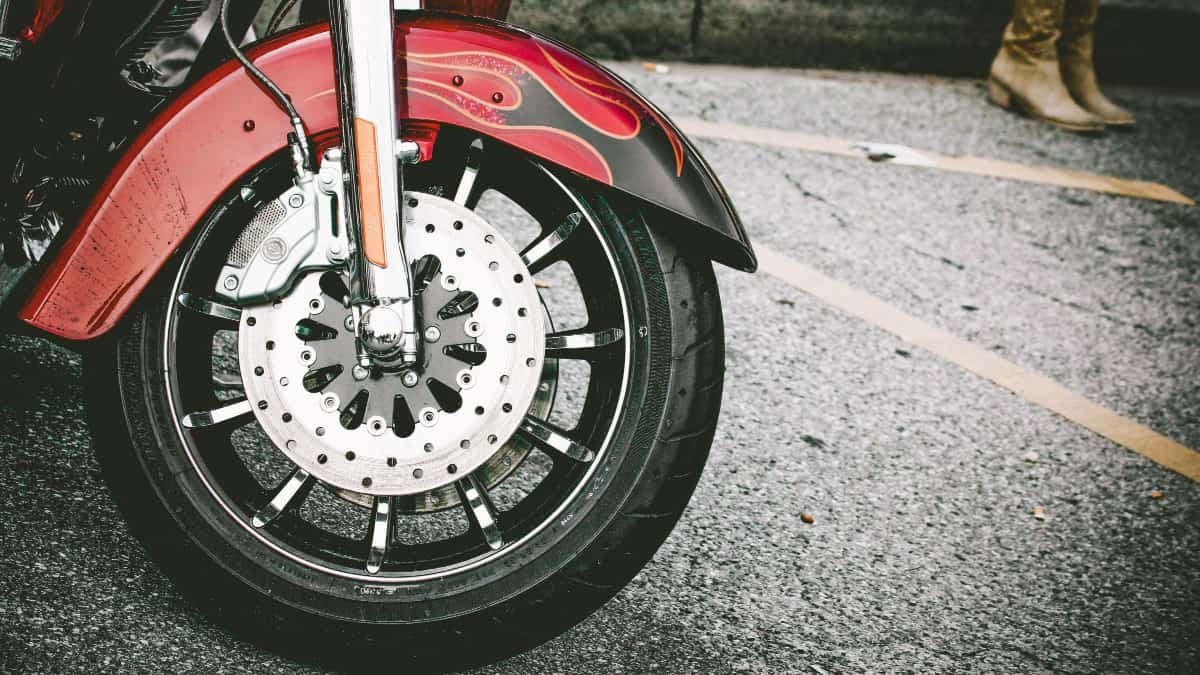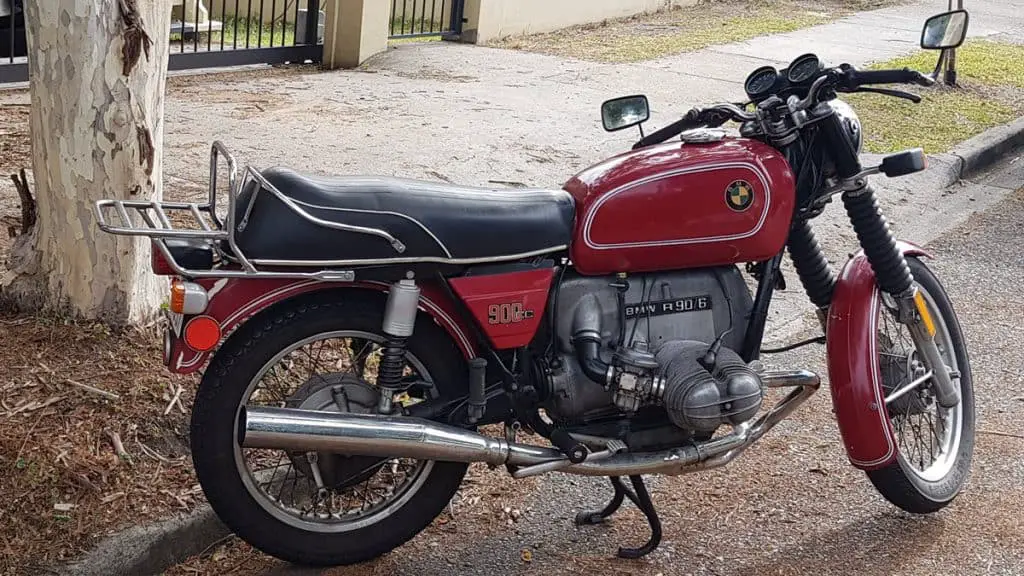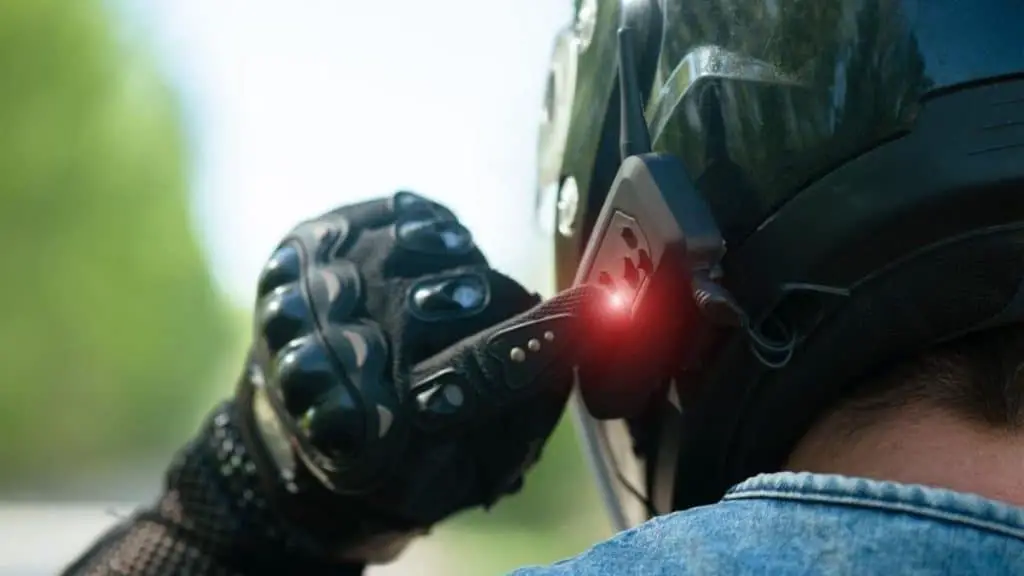When to Replace Motorcycle Tires (2024 Guide])
Well… when they’re worn out, right?
A simple answer to what should be a simple question. In reality, however, there is more to consider when it comes to wear and replacement of the rubber on your beloved motorbike. This article will serve as a useful summary of how to tell your motorcycle tires need replacing. Once they do need to be replaced, be sure to check out our guide to the best motorcycles tires available right now.
Top indicators you should replace your motorcycle tires:
- Wear and Damage
- Uneven Wear
- Age and Oxidation
1. Worn Out or Damaged Tyres
Wear Bars
The easiest way to tell your tires are worn out is by looking for wear bars. These are small, raised bumps sitting at the bottom of the tread grooves. If you are having trouble finding the wear bars, have a look on the side-wall of the tire for a △ (triangle) or “TWI” molded into the rubber. These are tire wear indicators and by following a direct line from that marking across the tire surface to the other sidewall, you should find wear bars in the tread grooves somewhere along that line.
On a new set of tires, wear bars will be fully recessed in the tread grooves with plenty of rubber between it and the tire surface. If the tire surface is level with any of the wear bars, you only have about 1/32 inch left of tread and your tires should be replaced. At this point of wear, your bike can be compromised through instability, loss of grip, flat tires, or even blow-outs.
Equally important, in many countries, wear bars are also an indicator that you are legally required to replace your tire (check your local jurisdiction for road safety requirements).
Patterning
Wear bars may not be much help on slicker tires with a tread that does not cross over the center of the tire surface. If you find yourself in this position, you should look for patterning in the rubber at the center ⅓ of the tire surface. If you start seeing strange lines running the length of the tire surface, this could be metal cords showing through the rubber and an indication your tire needs to be replaced.
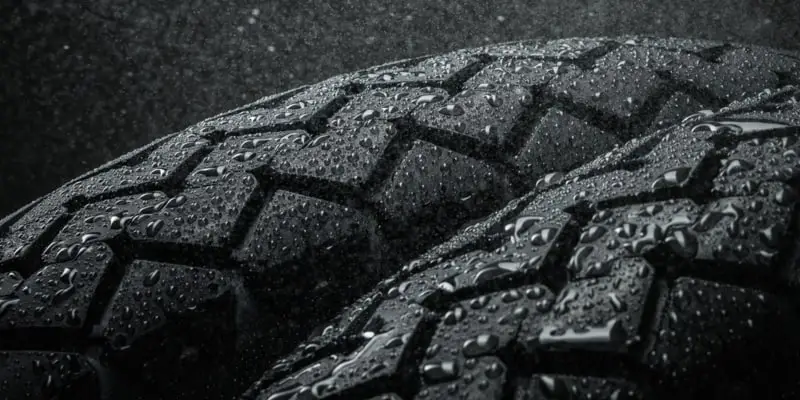
Metal cords are used to hold the carcass and structure of the tire together. As the tire wears, the rubber protecting the metal cords gets thinner and their shape or pattern can start to show through the surface of the tire. In extreme cases, the rubber may wear through completely showing visible metal cords on the surface of the tire or even throwing sparks while riding. Sparks are bad. You definitely need to replace your tire if you start seeing sparks.
Damage
Punctures, cracks and cuts are, thankfully, easier to pick up when examining your tires and will normally be a good indication they need to be replaced. Damage to the surface of the rubber will alter the integrity of the tire and can lead to flats or, worse, blow-outs while riding. Minor cuts or cracks may seem insignificant but it is usually better to err on the side of caution and replace tires with a compromised surface to avoid a mid-ride flat or blow-out.
Punctures can be fixed by using a plug to prevent air from escaping, but this should only be used as a temporary fix until the tire can be replaced. Once punctured, the integrity of the tire has been compromised and the tire should be replaced to avoid any further damage to your bike or, more importantly, you should the punctured tire blow-out.
2. Uneven Wear
Tires fresh off the production line will come with a perfectly round surface or profile so that when used they have a smooth ride and consistent handling. Over time, the tire profile can wear unevenly depending on your riding style and the roads you most commonly ride. You will likely see a flattening of the center ⅓ of your rear tire surface, giving it a flat profile, as you clock more and more miles. Alternatively, if you live in an area with lots of bends, you may see your front tire wear unevenly on one side more than the other, this is commonly known as “scalping”.
While your tires may have ample tread depth, if they begin to wear unevenly you will notice a change in the bike’s handling while riding. You may start to notice a shuddering at speed or transitioning from one side to the other when turning may not be as smooth as it once was. These are all signs that your tires are wearing unevenly and need to be replaced.
3. Age and Oxidation
Like a carton of milk, every tire has a shelf life. Over time the chemical compounds in your tires will react with the surrounding air and undergo the chemical process of oxidation. The longer tires are exposed to air, the more they oxidize, and the harder the rubber will become. As the rubber hardens, the tires will offer less and less grip when riding, which let’s face it, nobody wants.
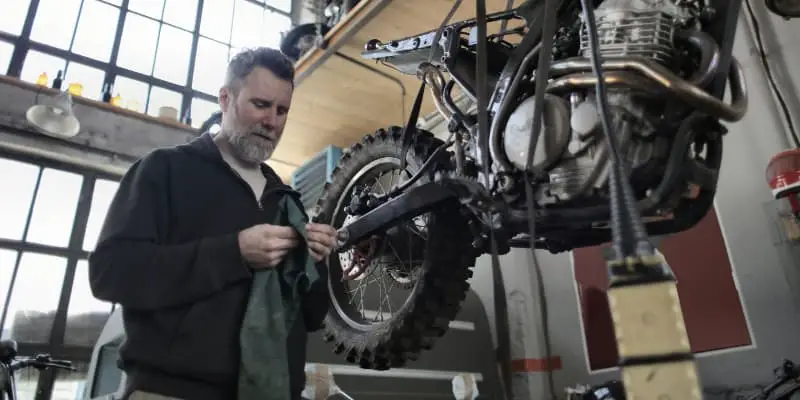
Have a look at the tires on the next older bike you see. Do they have small fractures or surface cracks along the sidewalls or the tread blocks? This is a sure-fire signal they are past their prime and should be replaced.
Closely linked with age is heat. The hotter the surrounding air, or the more heat cycles put through a set of tires, the faster they will oxidize. So if you live in a hot climate, or like putting your tires through their paces on a regular basis, keep an eye on the surface of your rubber for signs of hardening or cracking.
Just like uneven wear, the age or oxidation of your tires may mean they need to be replaced well before the tread depth wears thin. But just like having bald or lopsided tires, an aged or hardened set can significantly compromise the handling and safety of your motorcycle. If you suspect your tires are past their prime you should replace them.
Frequently Asked Questions
How many miles should I get out of my tires?
There are no hard and fast rules for average mileage for any one set of tires. Stock motorcycle tires can last anywhere from 1,800 miles to 20,000 miles depending on the motorcycle type, riding style, climate, and whether it is the front or rear tire. Instead of looking at mileage, the easiest way to judge the state of your rubber is by physical inspection. Regular inspections will help you identify the most common signs noted above that your tires need replacing.
Should I replace my front and rear tires at the same time?
Front and rear tires wear at different rates and in different ways. Most commonly, a rear tire will wear faster and you may find yourself with a near bald rear and what seems to be a perfectly acceptable front. Should you replace both?
There is no hard and fast rule that both should be replaced at the same time, however, tires are designed to work in tandem when it comes to grip. Tread patterns of the front and rear tires are carefully designed to work together when dispersing water in wet conditions. If you have a mismatched set of front and rear tires, together they will be less effective at moving water and can reduce the grip you have in sub-optimal conditions.
While not a requirement, it is normally a good idea to replace both front and rear at the same time.
How do I tell my tire’s age?
Thankfully, there’s a straight answer to this question. Have a look at the sidewall of your tires and you should see markings and numbering molded straight into the rubber. The last four numbers will indicate the month and year the tire was manufactured. For example, 0116 means the tire came off the production line in January 2016.
How old is too old for a set of tires?
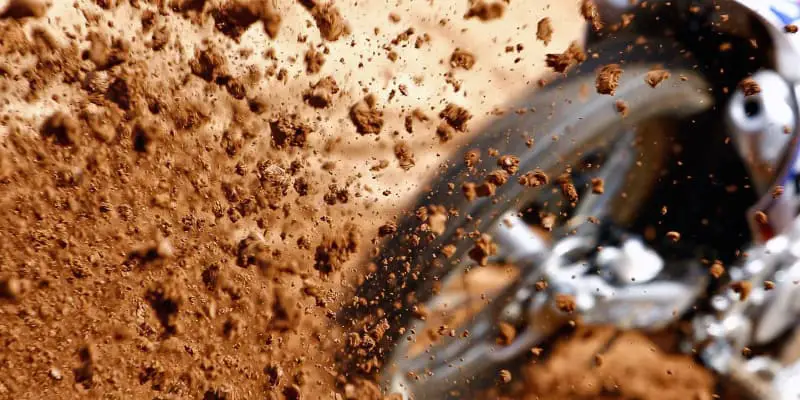
This will depend entirely on your riding style, the climate you live in, and how often you get out. The hotter the climate, the more oxidation, the quicker your tires will age. The more you ride and the harder you ride, the more heat cycles will be going through the tires, the quicker the rubber will age.
Just like how many miles you can put on your tires, there is no one answer to this question. Again the easiest way to judge the age of your rubber is by physical inspection which will help identify signs that your tires need to be replaced.

